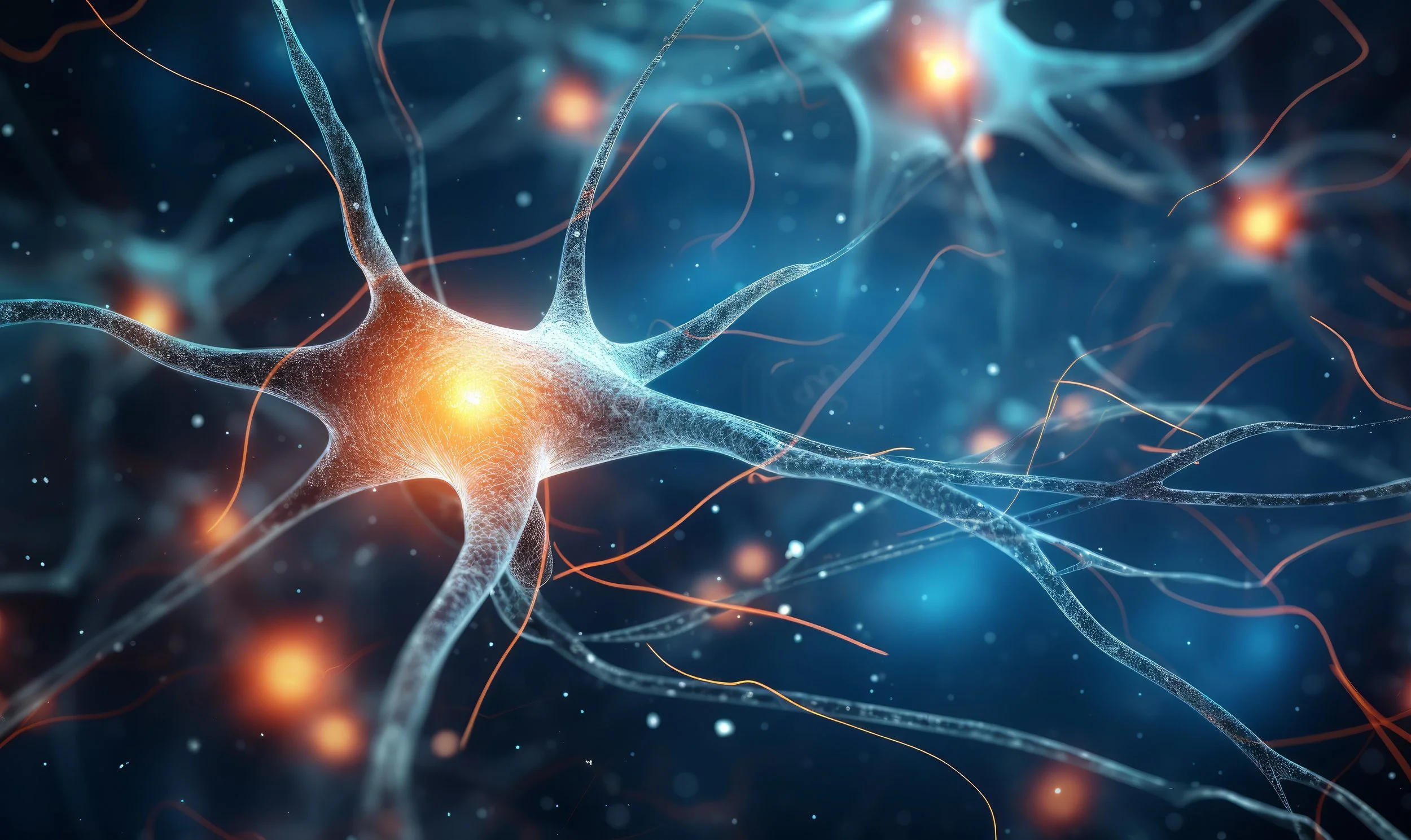Neuroplasticity is the brain's incredible ability to reorganize itself by forming new neural connections throughout life. This means the brain can adapt its structure and function in response to new learning, experiences, or even injury. Key processes involved in neuroplasticity include synaptic plasticity, where the connections between neurons (synapses) strengthen or weaken, and structural plasticity, where neurons can grow new branches or form new neurons. These changes enable the brain to learn new skills, adapt to changes, and recover from damage, demonstrating its remarkable flexibility and resilience.
The exciting truth about neuroplasticity is that every thought we have can create new neural pathways. When we think or do something repeatedly, these pathways become stronger, reinforcing the associated behaviors or thought patterns. This highlights the power of positive thinking and the impact of our habits on our brain's structure. On the flip side, negative thinking can also strengthen less helpful pathways. By consciously focusing on positive and constructive thoughts, we can harness the brain's plasticity to improve mental well-being and cognitive function. This underscores the profound connection between our mental activities and the physical makeup of our brains.
Neuroplasticity works through a combination of synaptic and structural changes in the brain. Synaptic plasticity involves the strengthening or weakening of synapses, the connections between neurons, based on the frequency and intensity of their activation. When neurons are frequently used together, their connections become stronger, making communication between them more efficient. Structural plasticity involves the growth of new dendrites (branches of neurons) and the formation of new synapses, or even the creation of new neurons. These processes are driven by experiences, learning, and environmental changes, allowing the brain to adapt, learn new skills, and recover from injuries. Essentially, the brain's structure is continuously shaped and reshaped by our thoughts, behaviors, and experiences.
